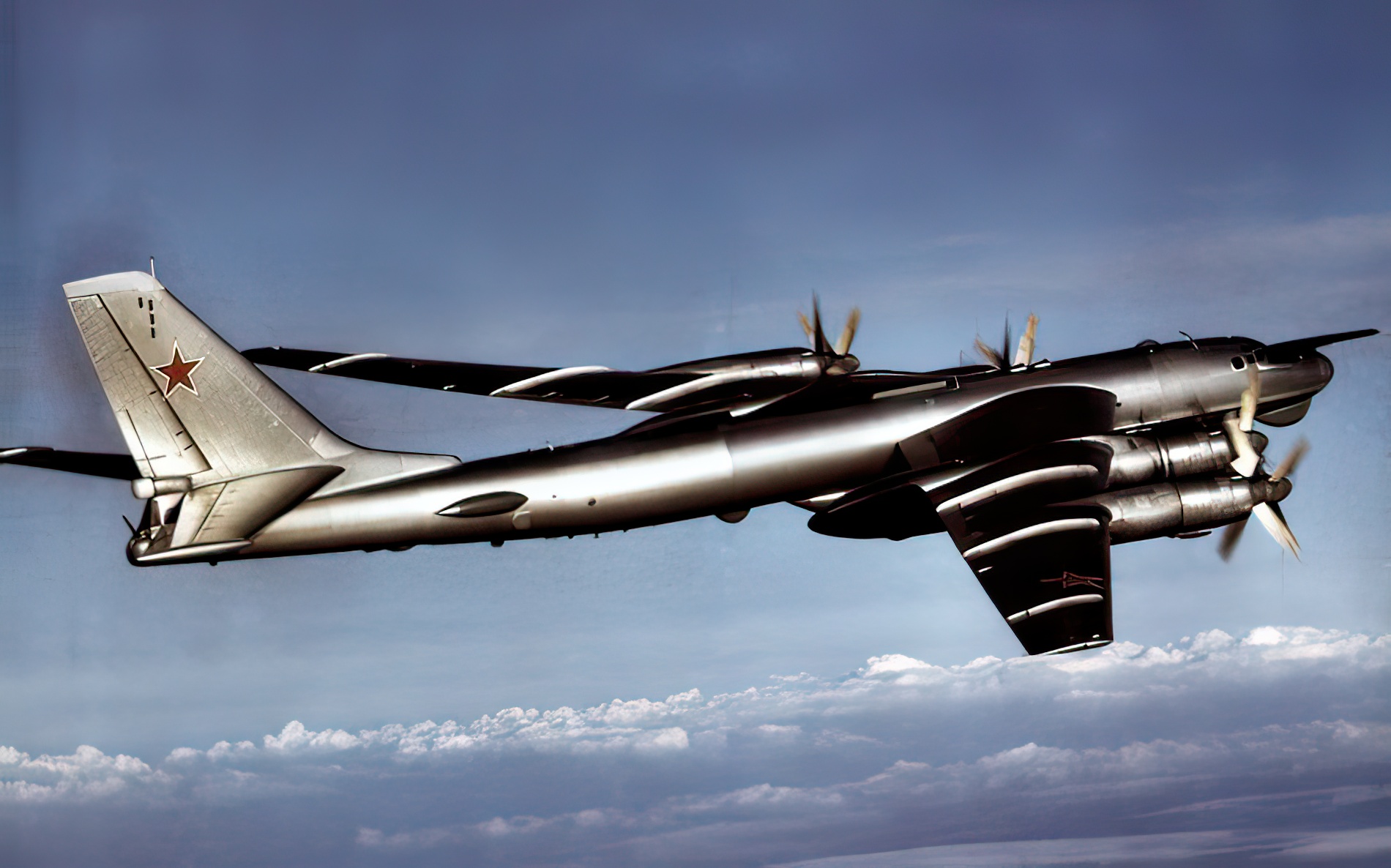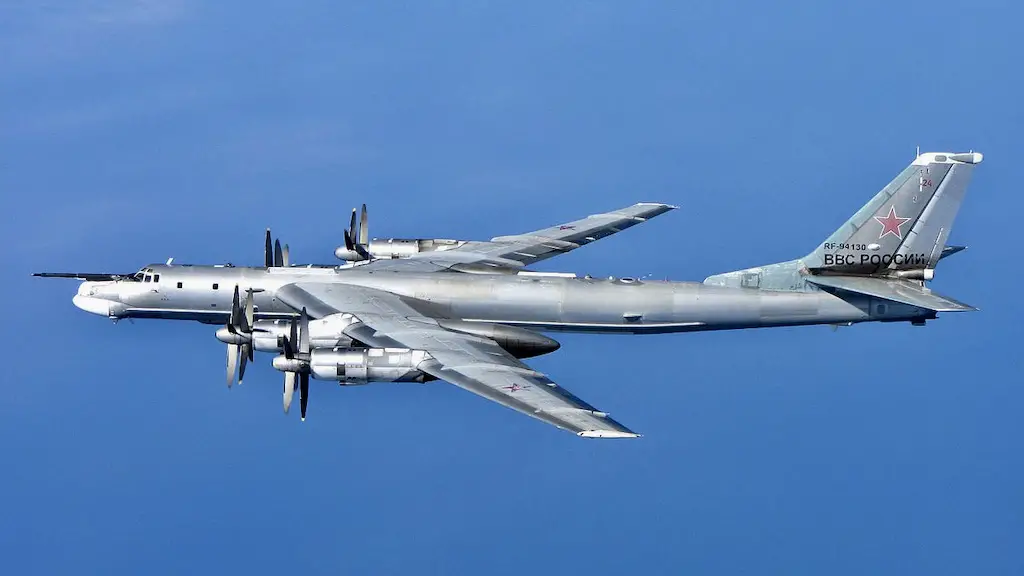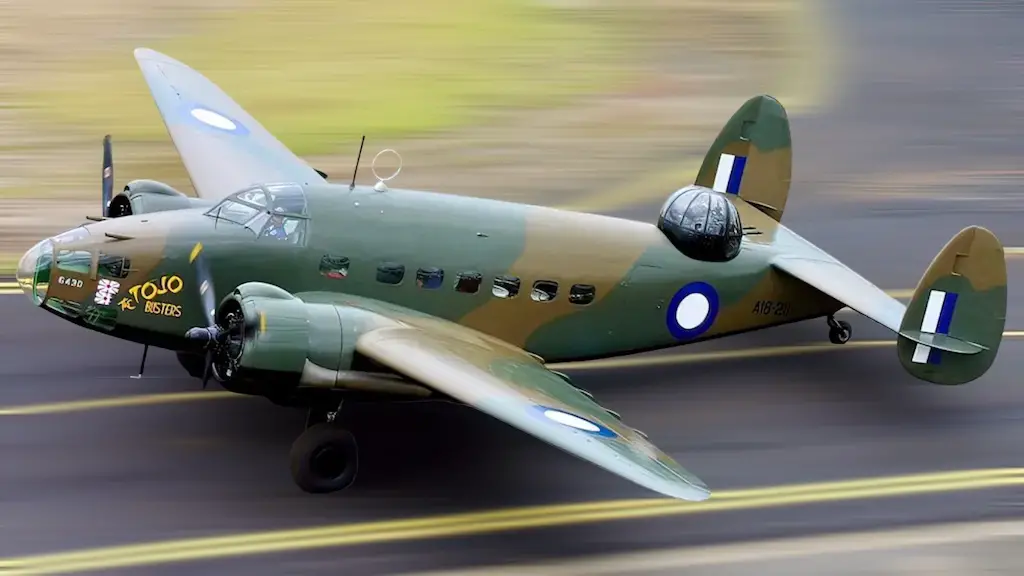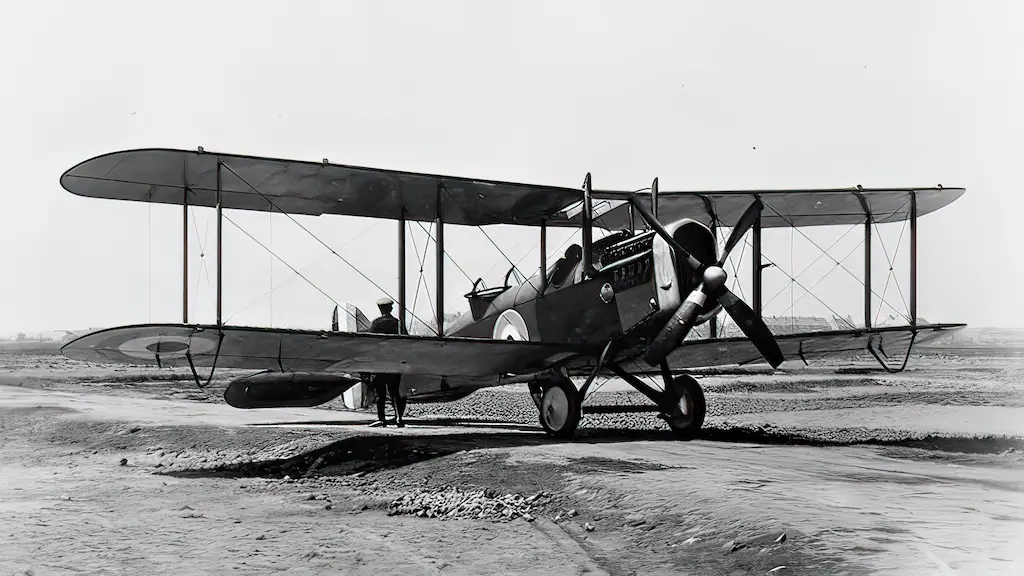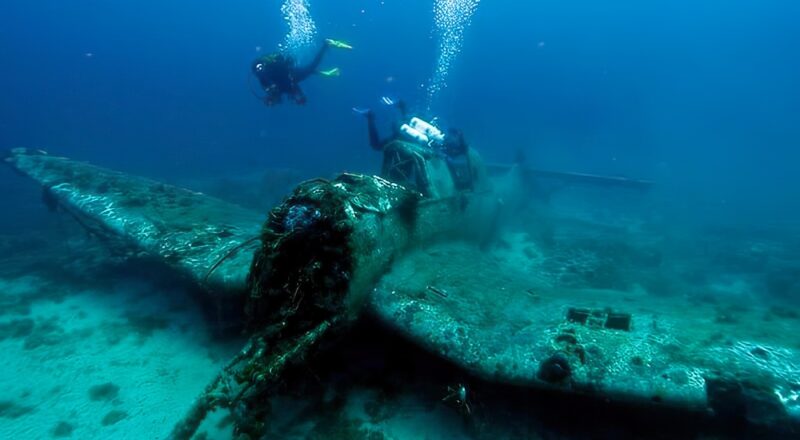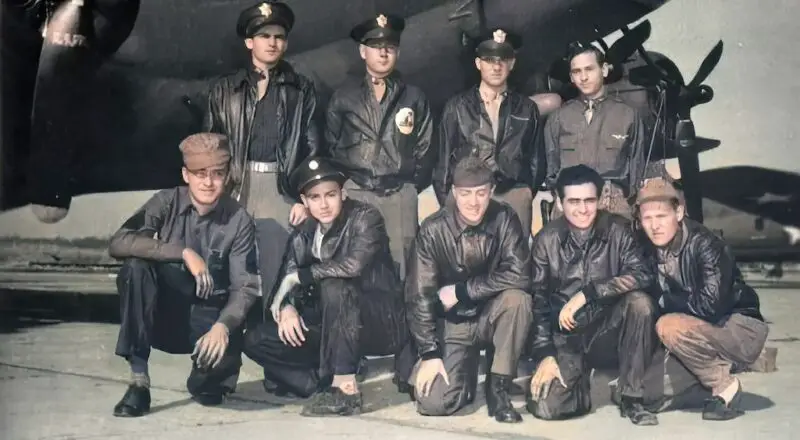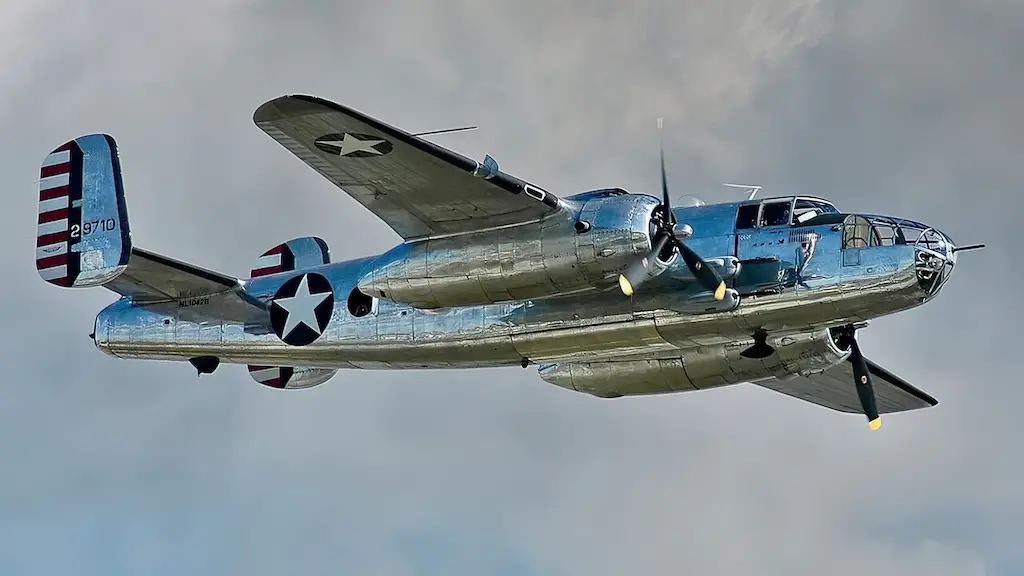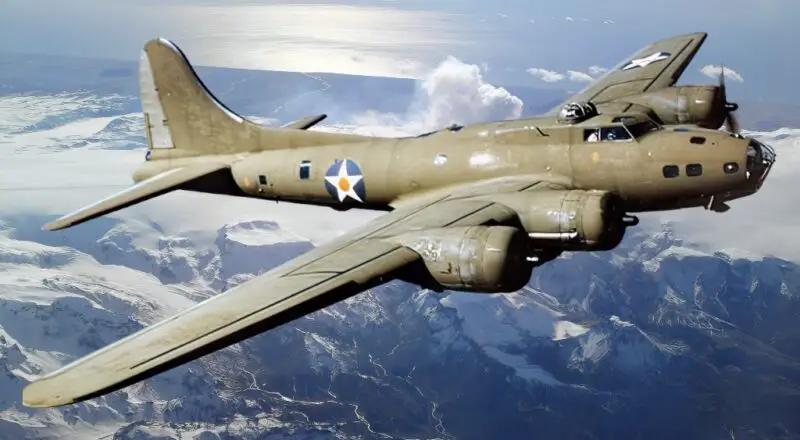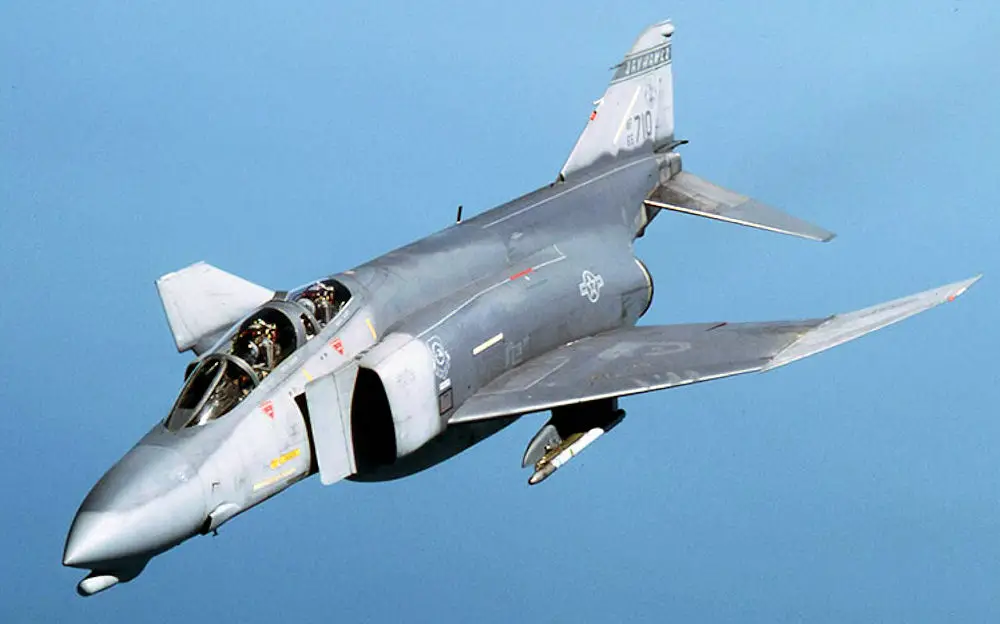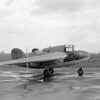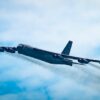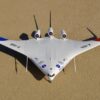The Soviet Union’s Iconic Strategic Bomber
The TU-95 was the first Soviet bomber to utilize turbo-prop engines, providing it with an enduring edge over former piston-engine bombers. Its main purpose was to carry nuclear weapons and played a key role in the Soviet Union’s strategy for nuclear deterrence in the course of the Cold War. It can also perform numerous other roles, such as reconnaissance, maritime patrol, & electronic warfare, making it quite the versatile platform.
The TU-95’s unique appearance can be attributed to its distinct swept-back wings and four contra-rotating propellers, which enhances its performance and efficiency. The aircraft boasts a long and colorful history, partaking in various conflicts – Cuban Missile Crisis, Soviet-Afghan War, and the Syrian Civil War. Its reliability and longevity have transformed it into a symbol of Russia’s military prowess. The TU-95 has played a significant role in military aviation’s past, and all things considered, it remains an exceptional aircraft.
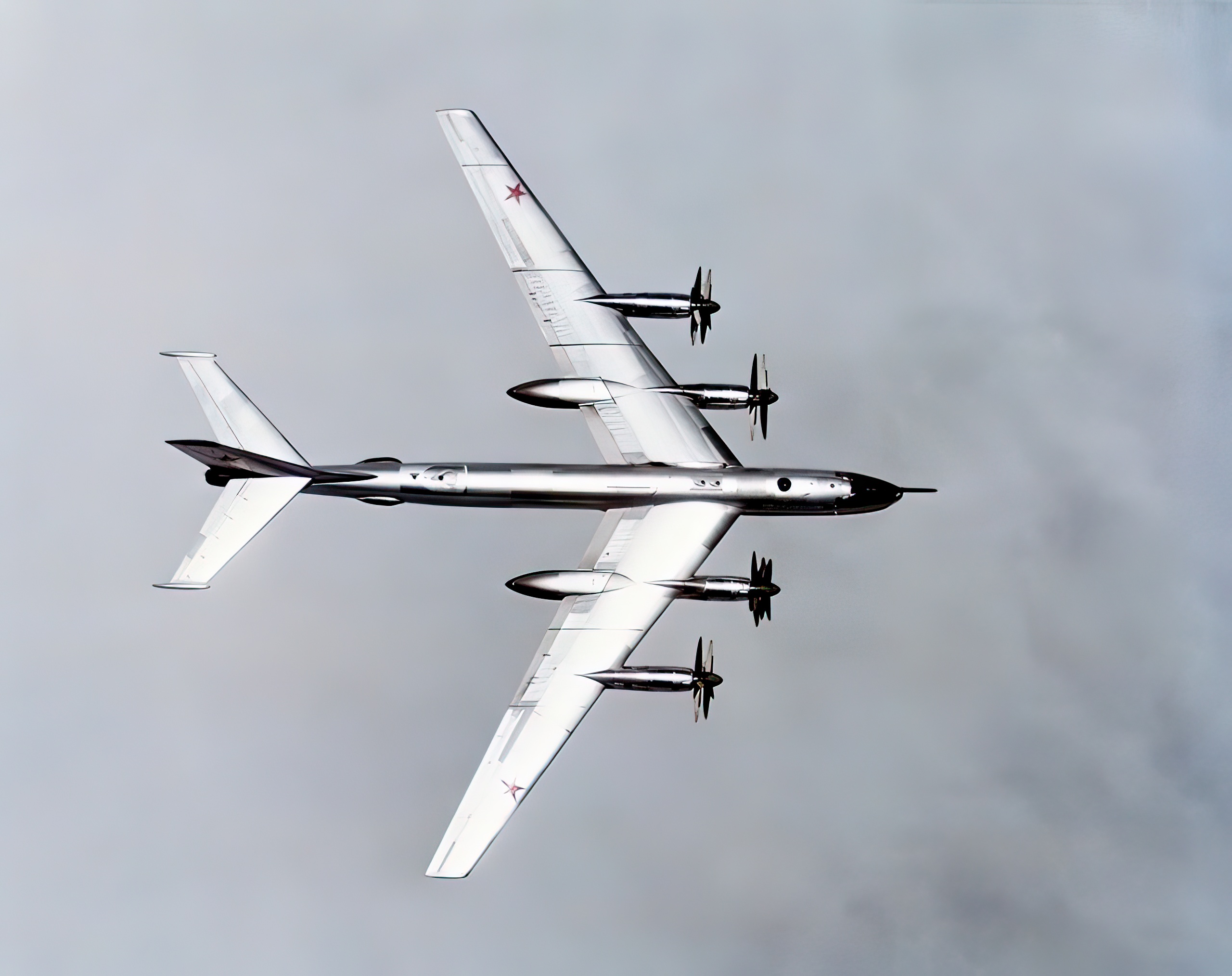
Development
The TU-95’s inception dates back to the early 1950s when the Soviet Union aimed to develop a strategic bomber for nuclear weapons. The Tupolev design bureau, under the leadership of Andrei Tupolev, spearheaded the project, and the first flight took place in 1952.
An essential characteristic of the TU-95 is its employment of turbo-prop engines, which outshined previous Soviet bombers that relied on piston engines. The airplane flaunted a vast fuel capacity, enabling it to travel over 15,000 km (9,000 miles) without refueling.
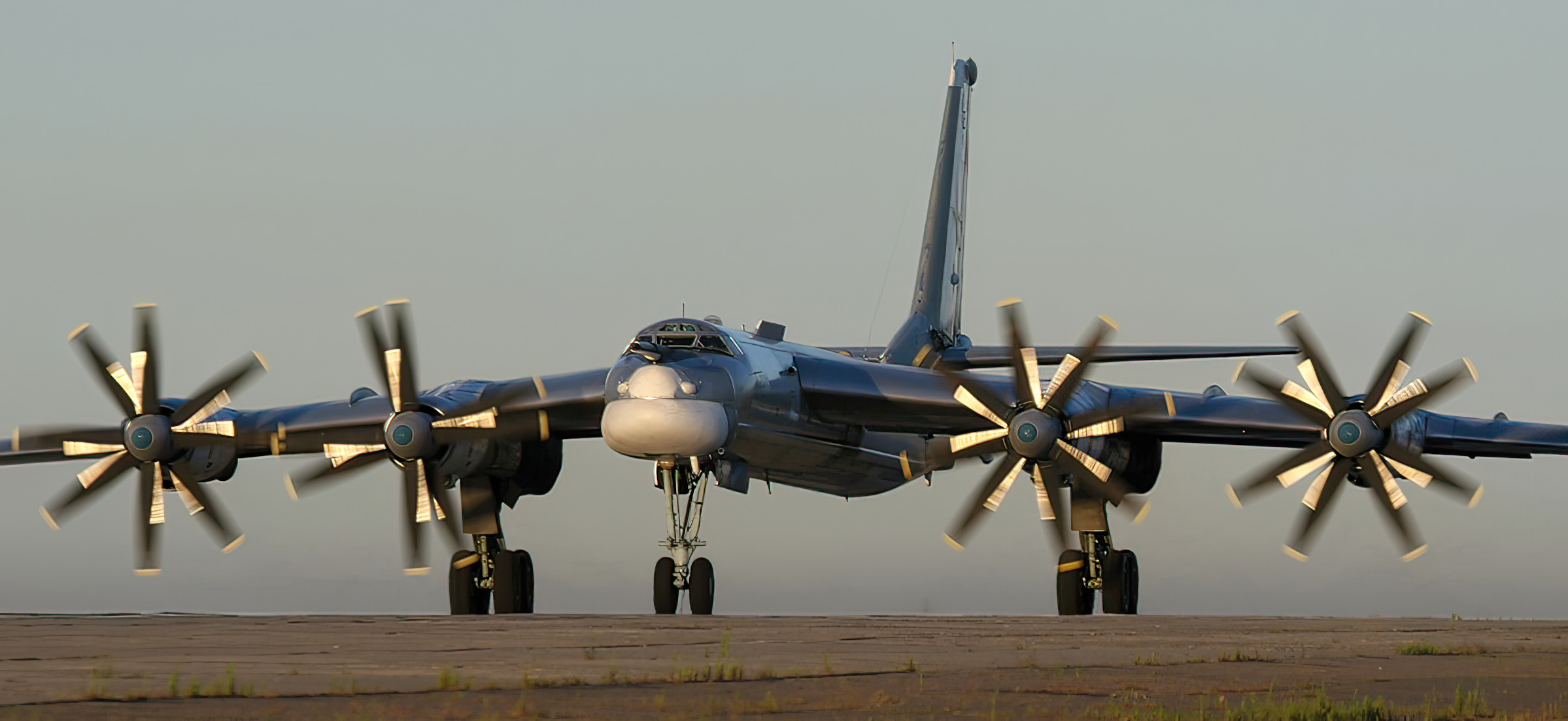
Albeit the TU-95’s original design was for nuclear bombing, it has been refurbished to undertake various functions like reconnaissance, maritime patrol, and electronic warfare. In the 1960s, an upgraded model, the TU-95MS, was unveiled, boasting of more robust engines and advanced avionics.
Over the decades, the TU-95 has witnessed numerous upgrades and revamps, such as the introduction of air-to-air refueling capability and improved navigation and targeting systems. Despite its age, the Russian Air Force still deploys the TU-95, and it will likely retain its pivotal role in Russian military activities in the foreseeable future.
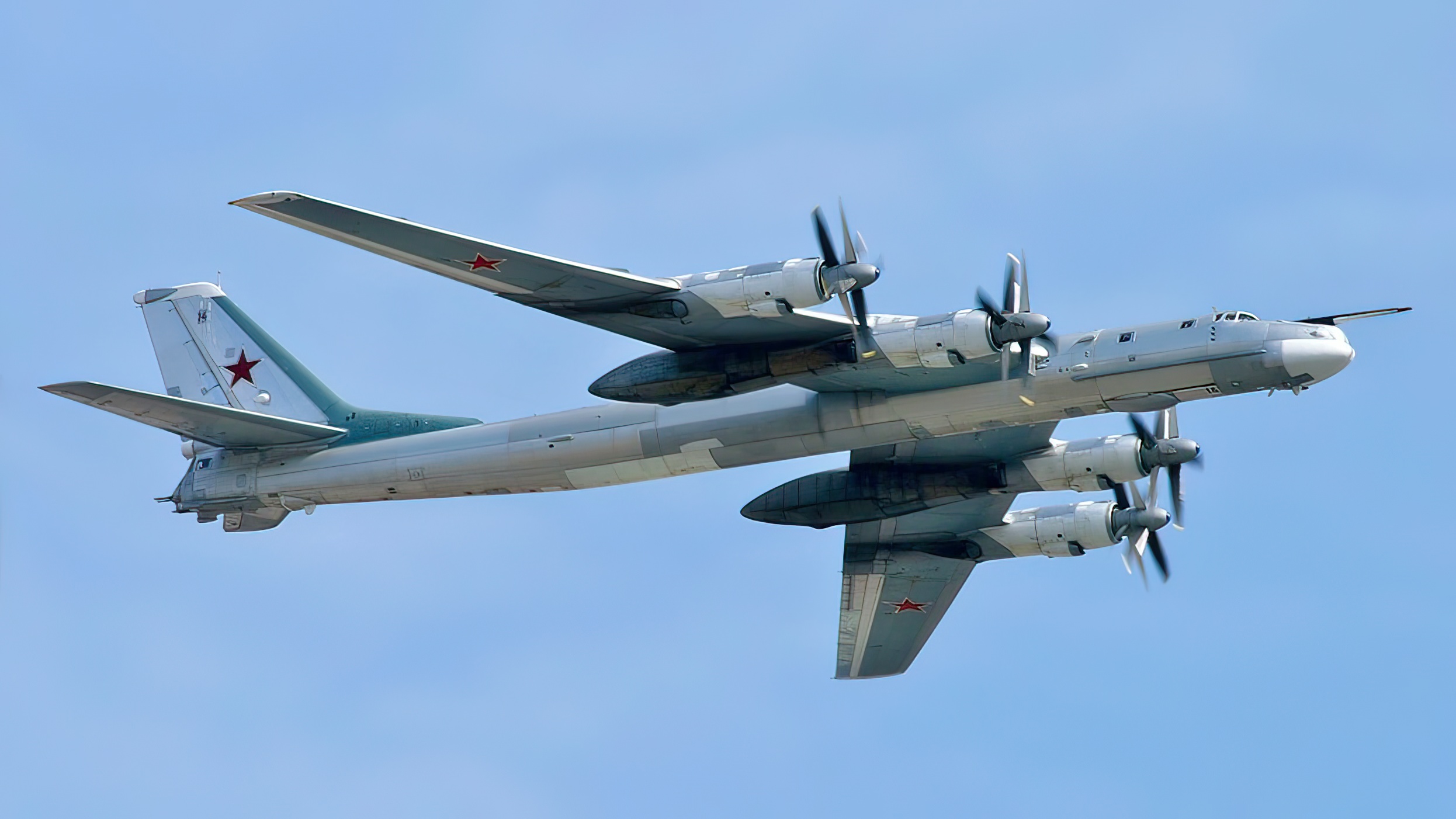
Slow and steady
The TU-95 aircraft boasts impressive features but has noteworthy setbacks and restrictions. Firstly, its velocity is lackluster with a maximum rate of only 920 km/h (570 mph), compromising its defense against modern air defense systems and fighter jets. Additionally, its four contra-rotating propellers render it one of the loudest planes in service, exposing it to easier detection by adversaries. The upkeep of the TU-95 is both time-consuming and costly due to its intricate design with many moving parts.
Furthermore, the TU-95’s fuel consumption, while superior to previous models, is still relatively high, constraining its range and duration. Lastly, an aging aircraft of over 60 years, the TU-95 has undergone numerous facelifts and upgrades, making maintenance and operation increasingly problematic and extravagant.
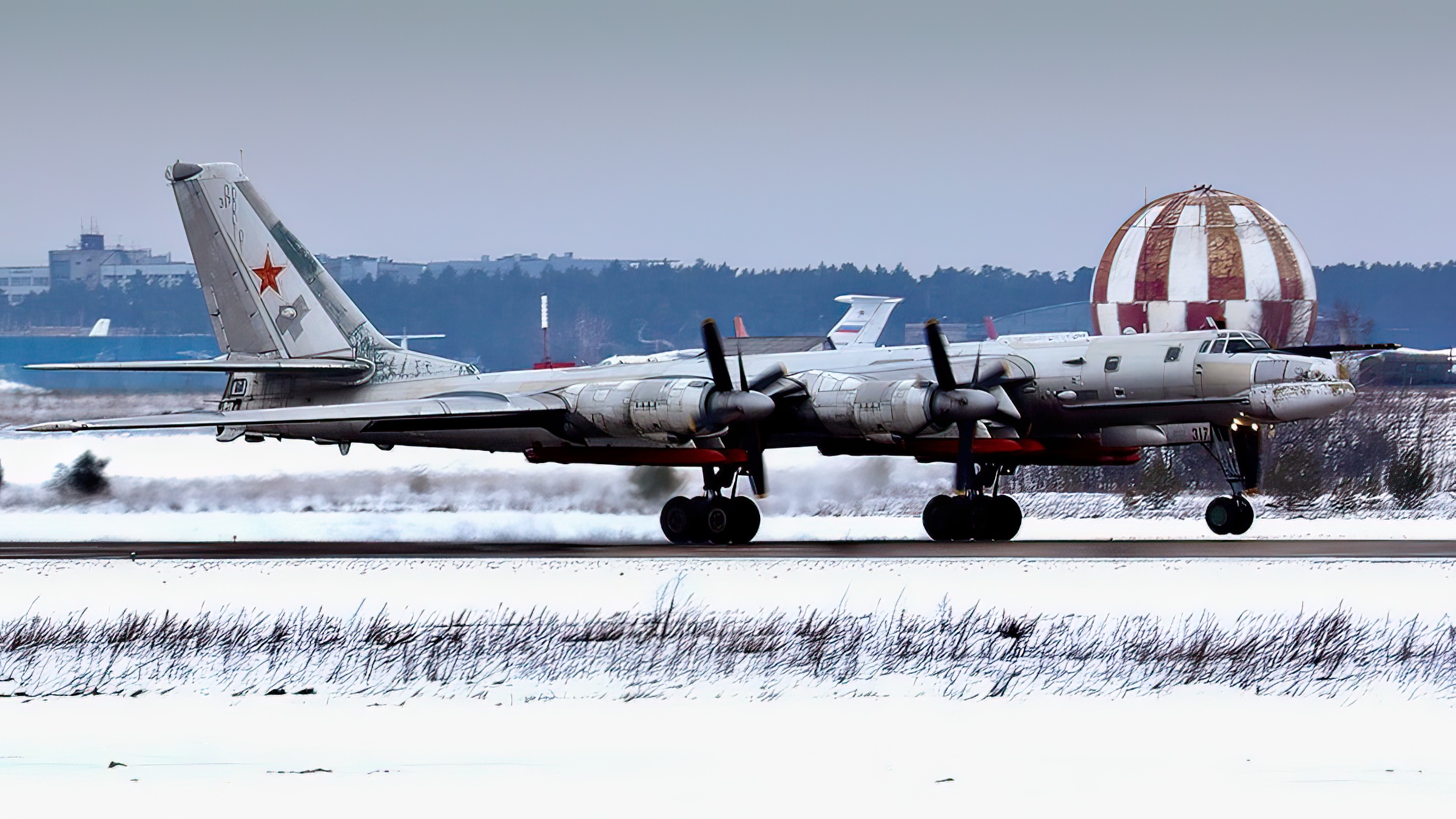
Operational history
The TU-95 has had a long operational history with involvement in multiple conflicts and operations spanning six decades. Throughout the Cold War, the aircraft played a crucial part in the Soviet Union’s nuclear deterrence strategy and simulated attack exercises on NATO countries. It also encountered a few incidents, such as the US F-4 Phantom fighter intercepting a TU-95 in 1965. In the 1980s, the TU-95 was instrumental in reconnaissance and surveillance missions during the Soviet-Afghan War.
During the Gulf War in 1991, the TU-95 provided valuable intelligence to Russian forces on coalition operations, although it did not see direct combat. More recently, the TU-95 saw action in the Syrian Civil War, predominantly for bombing rebel and ISIS targets. It has also served for surveillance purposes over the Arctic and anti-piracy patrols off Somalia’s coast. Despite the TU-95’s age and limitations, it remains a significant component of Russia’s military arsenal, demonstrating its lasting value as both a strategic bomber and reconnaissance aircraft.
